As outlined here, you need to settle on some specifications before you can do any calculations on the voltage multiplier.
The main factors you need to know when selecting your capacitors are the voltage across each stage of your multiplier and the expected current draw at the output.
Your capacitors have to be rated for at least the peak to peak voltage of your AC input. That's the voltage out of your transformer. You say 15kV, and I expect you mean 15kV RMS. That's over 40000V peak to peak. I find capacitors rated for that voltage going for over 50 euros each - for small capacitance values. Large value capacitors rated for high voltage are expensive and rare. "Large" in this case means "more than a few nanofarads." Even 100nF parts are going to be expensive. I have no idea where you'd go to find 100 microfarad capacitors rated for 15kV.
What value you pick depends on what's available at the voltage you need, and how much current your high voltage load will draw.
The voltage ratings for the diodes are the same as for the capacitors. Diodes rated for voltages like you'll need are about as scarce as capacitors for those voltage ratings. You'll probably have to use diodes in series to get the required voltage rating. That's two or more diodes in series for each diodes shown in your circuit diagram.
The link above gives you an equation for calculating the output voltage from a whole pile of parameters:
$$ E_{out} = 2nE_{pk} - \frac {I_{load}}{2 \pi fC} (4n^3 + 3n^2 - n) - 2nV_{f}$$
Parameters:
- \$E_{pk}\$ the peak voltage of the AC input (not the peak to peak voltage, but the simple peak voltage.)
- \$I_{load}\$ - the load current.
- \$f\$ - the frequency of the AC input
- \$C\$ - the capacitance of your individual capacitors (in farads.)
- \$n\$ - the number of stages in your multiplier.
- \$V_{f}\$ - the forward voltage of your diodes.
The internal resistance of the multiplier goes up drastically with each stage.
To get more current out of the high voltage end, you have to use larger value capacitors or a higher frequency.
At the voltages you are dealing with, higher value capacitors are going to be really expensive or just not available.
You'll want to use the largest value capacitors you can afford, then use the equation above to calculate the output voltage when your load is attached.
Summary:
- Capacitor voltage rating depends on the transformer output voltage.
- Capacitor value depends on the driving frequency, the current output, and what is available at the rated voltage.
- The diode voltage rating is the same as the capacitor voltage rating.
I expect you simply didn't wait long enough on your 100µF simulation. It took two seconds for your 100nF simulation to reach full output. The 100µF capacitors are 1000 times larger. It will take much longer for them to charge up to full voltage.


